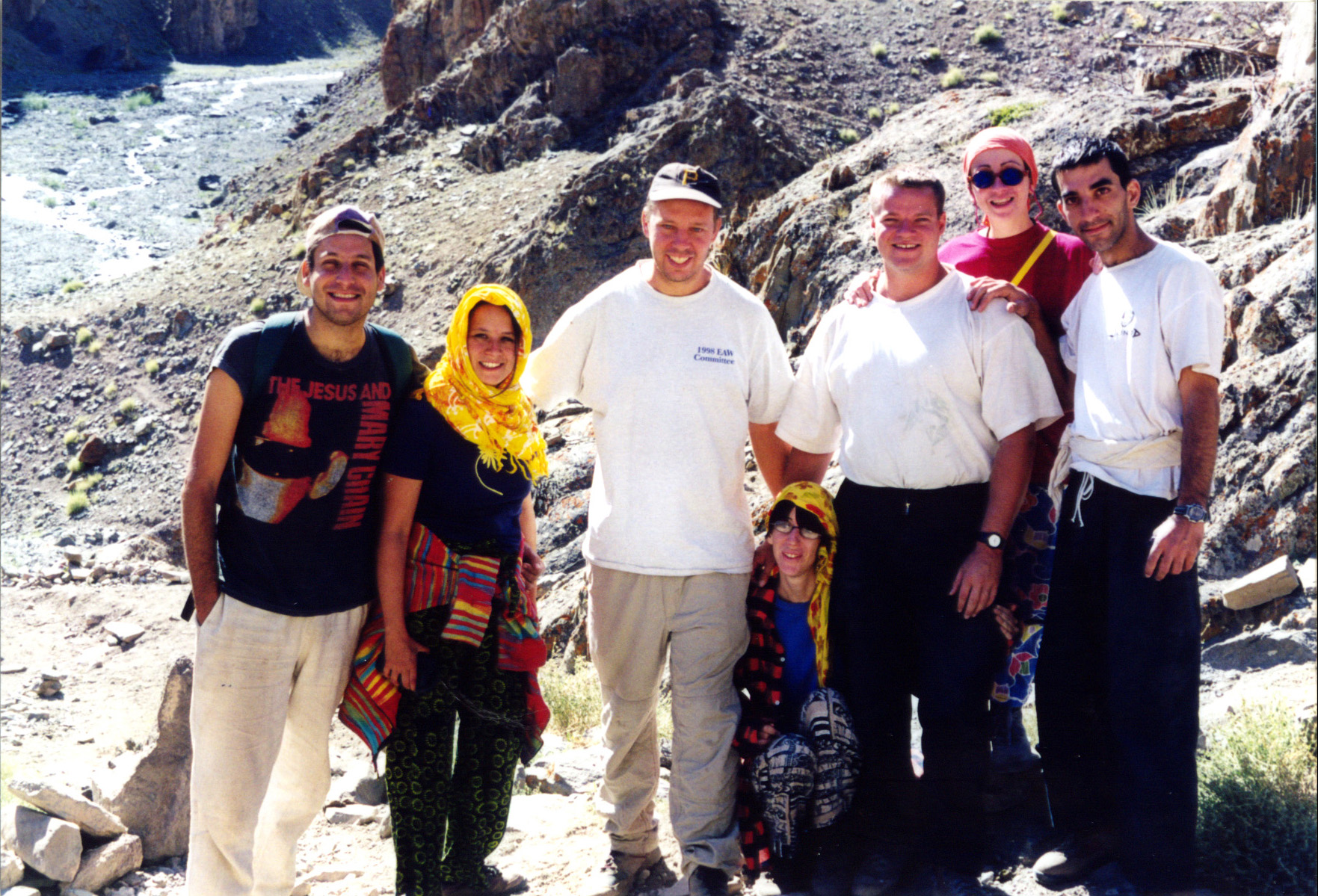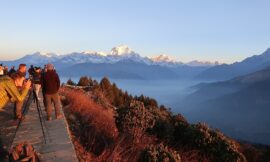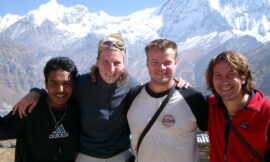Trekking in Ladakh is an adventure of a lifetime, offering enthusiasts the opportunity to explore the breathtaking landscapes of the Trans-Himalayan region. Nestled in the northernmost part of India, Ladakh is a high-altitude desert renowned for its stark mountains, deep valleys, pristine lakes, and ancient monasteries. Trekking in this remote and rugged terrain not only challenges the physical limits of trekkers but also rewards them with awe-inspiring vistas and a unique cultural experience.
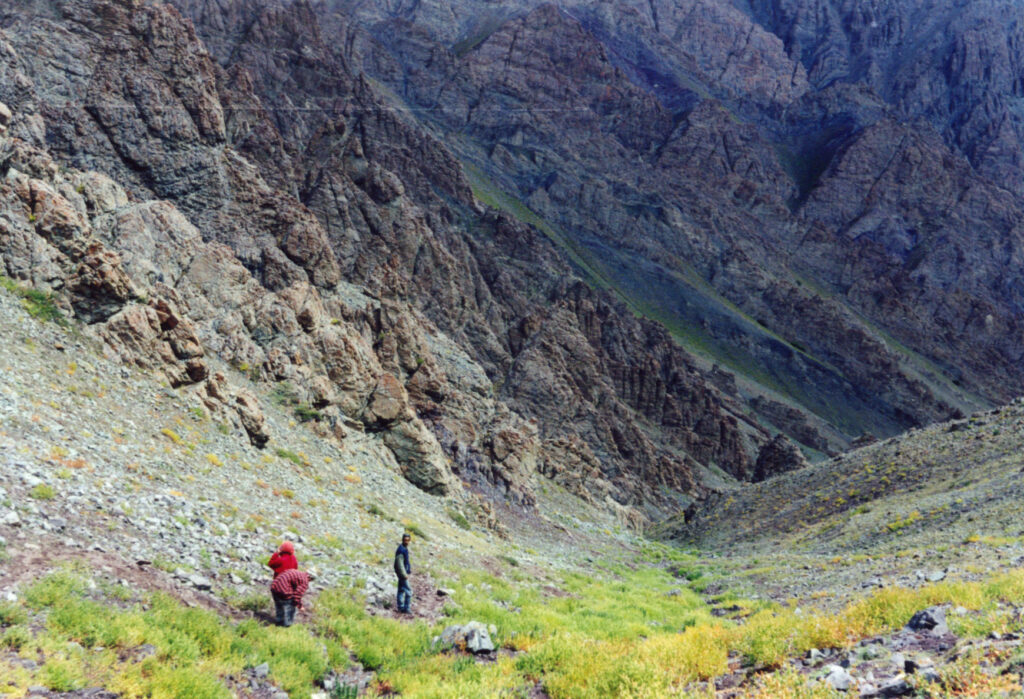
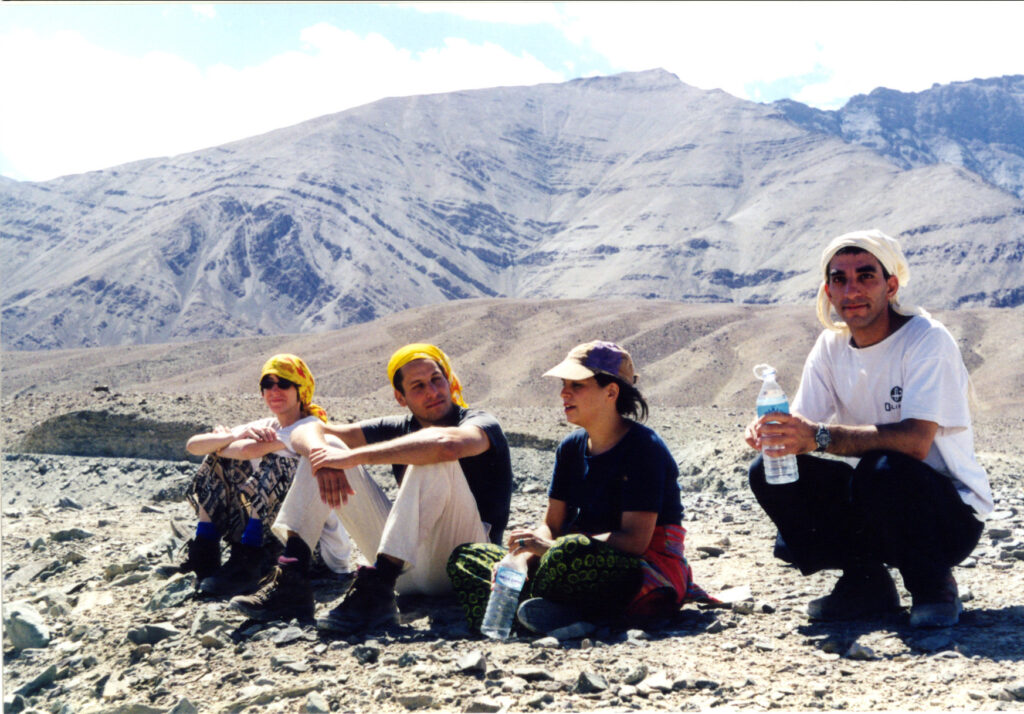


1. Hemis to Padum Trek: One of the classic treks in Ladakh is the Hemis to Padum trek. Starting from the famous Hemis Monastery, the trail takes trekkers through remote villages, high mountain passes, and pristine landscapes. The journey includes crossing the Stok La pass, which provides panoramic views of the Stok Kangri and the Zanskar Range. The trek culminates in Padum, the administrative center of the Zanskar Valley, offering trekkers a glimpse into the traditional way of life in this remote region.
2. Markha Valley Trek: The Markha Valley trek is another popular choice, celebrated for its diverse landscapes and cultural encounters. Trekkers traverse through the Hemis National Park, home to the elusive snow leopard and other Himalayan wildlife. The trek involves crossing high-altitude passes like Ganda La and Kongmaru La, providing breathtaking views of the Zanskar and Ladakh ranges. The trail also passes through picturesque villages, including Markha and Hankar, where trekkers can interact with the friendly locals and experience Ladakhi hospitality.
3. Lamayuru to Alchi Trek: The Lamayuru to Alchi trek offers a unique blend of cultural exploration and natural beauty. The trek starts from the ancient Lamayuru Monastery and passes through remote villages, barley fields, and apricot orchards. The challenging Kongskil La pass is a highlight, providing stunning views of the Indus Valley. The trail then descends to the picturesque village of Hemis Shukpachan before reaching Alchi, known for its ancient monastic complex and intricate frescoes.
4. Spituk to Stok Trek: Ideal for those with limited time, the Spituk to Stok trek is a short but rewarding journey. Starting from Spituk Monastery, the trail leads trekkers through the peaceful Zingchen Valley and into Hemis National Park. The trek offers a chance to spot the elusive snow leopard and other wildlife. The highlight of the trek is the ascent of Stok La, which rewards trekkers with panoramic views of the Indus Valley and surrounding peaks.
5. Tso Moriri Lake Trek: For those seeking a high-altitude lake experience, the Tso Moriri Lake trek is a captivating choice. Starting from the village of Karzok, located on the shores of Tso Moriri Lake, the trek leads through remote landscapes, nomadic settlements, and high mountain passes. The pristine blue waters of Tso Moriri, surrounded by snow-capped peaks, create a surreal setting that leaves a lasting impression on trekkers.
6. Chadar Trek: The Chadar Trek, also known as the Frozen River Trek, is a unique winter trek that takes adventurers along the frozen Zanskar River. During the winter months, the river transforms into a thick sheet of ice, providing a surreal and challenging trekking experience. The trail passes through stunning canyons, frozen waterfalls, and remote villages, offering an unparalleled winter adventure in the heart of Ladakh.
Trekking in Ladakh requires careful planning and preparation due to the high altitude and rugged terrain. Trekkers should acclimatize properly, stay hydrated, and be equipped with appropriate gear. Hiring experienced local guides and support staff enhances the trekking experience, providing insights into the local culture and ensuring safety in the challenging conditions.
Beyond the physical challenges, trekking in Ladakh is a spiritual and cultural journey. The monasteries that dot the landscape, prayer flags fluttering in the wind, and encounters with the warm-hearted Ladakhi people add layers of depth to the trekking experience. Each trail in Ladakh tells a unique story of the region’s natural beauty, cultural richness, and the enduring spirit of those who call this high-altitude desert home.
